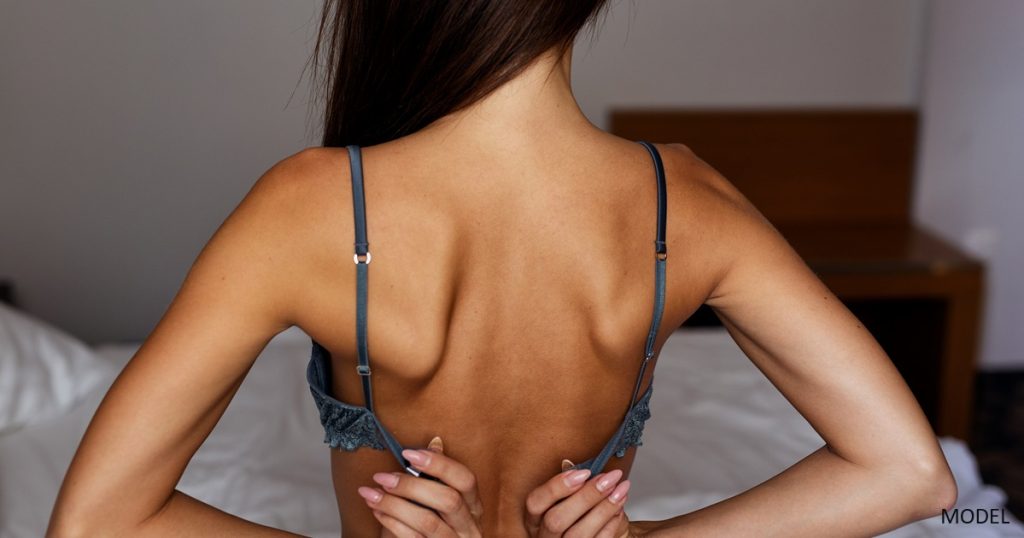I specialize in breast procedures such as breast reduction at my plastic surgery practice near Phoenix. Breast reduction isn’t as widely publicized as breast augmentation, and as a result, I often find that my breast reduction patients have a lot of questions. Here are my answers to some of the most common questions about the procedure.
Q: Does insurance typically cover breast reduction?
In some cases, insurance will pay for part of a woman’s breast reduction surgery. This typically depends on whether or not your insurance company regards the procedure as medically necessary. Your insurance company may make this decision based on how much breast tissue will be removed, or they may require you to provide documentation that your breast size is causing you physical problems like neck, shoulder and back pain; deep bra strap grooves; and skin rashes beneath the breasts. We don’t participate in any insurance programs, but we are happy to provide patients with their consultation note, operative report, and photos in order to help them submit a claim to their insurance carrier.
Q: Do scars go away after breast reduction?
Surgery always creates some type of scar, but in most cases, the scars fade nicely over time. They are a small tradeoff for the vastly improved breast shape and size, as well as improvement in back, neck, and shoulder pain. Fortunately for my patients, I have spent years training with leading innovators in the area of breast reduction surgery. Much of my training focused on minimizing scars through the use of under-the-skin dissolving sutures (to avoid stitch marks), and the vertical or “Lejour” technique (to avoid a scar under the breast in certain patients). All of these techniques help limit scars in ways that the traditional anchor-shaped incision with external stitches or staples cannot. You can see how faint the scars are in our patients’ before and after pictures.
Q: Can you get surgery to change the size of your areola?
Overly large areolas can be just as troubling as overly large breasts, but fortunately, this is corrected as part of a breast reduction surgery. The areola is the circle of darker skin surrounding the nipple, and a skilled surgeon will make sure to improve the size, shape, and position of your areolas to match your new breast shape. Since the breast reduction incision encircles the areola, it is fairly straightforward to adjust the look of the areola simply by trimming away the desired amount of excess skin (while leaving the remaining nipple and areola completely connected to the breast). Healthline provides additional information about areola reduction.
Q: How do you know if you can breastfeed after breast reduction?
A skilled breast reduction surgeon using up-to-date techniques has a good chance at preserving your ability to breastfeed (in the range of 60-65% on average). Since new techniques let us leave the nipple attached and keep the majority of ducts, nerves, and blood supply intact, milk production is less likely to be impaired. I always make it a point to discuss issues such as these during the breast reduction consultation so that I can develop the best approach for each patient.
If you’re considering breast reduction in the Scottsdale area, we’re happy to answer your questions during a one-on-one consultation. You can request a consultation using our online contact form or by calling us at (480) 423-1973.


Leave a Reply